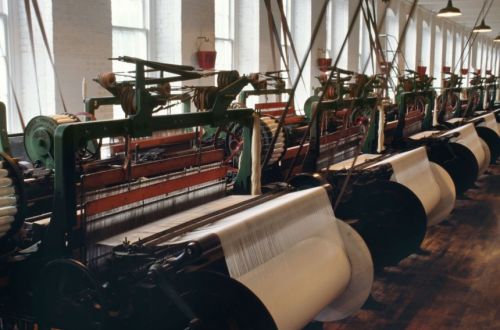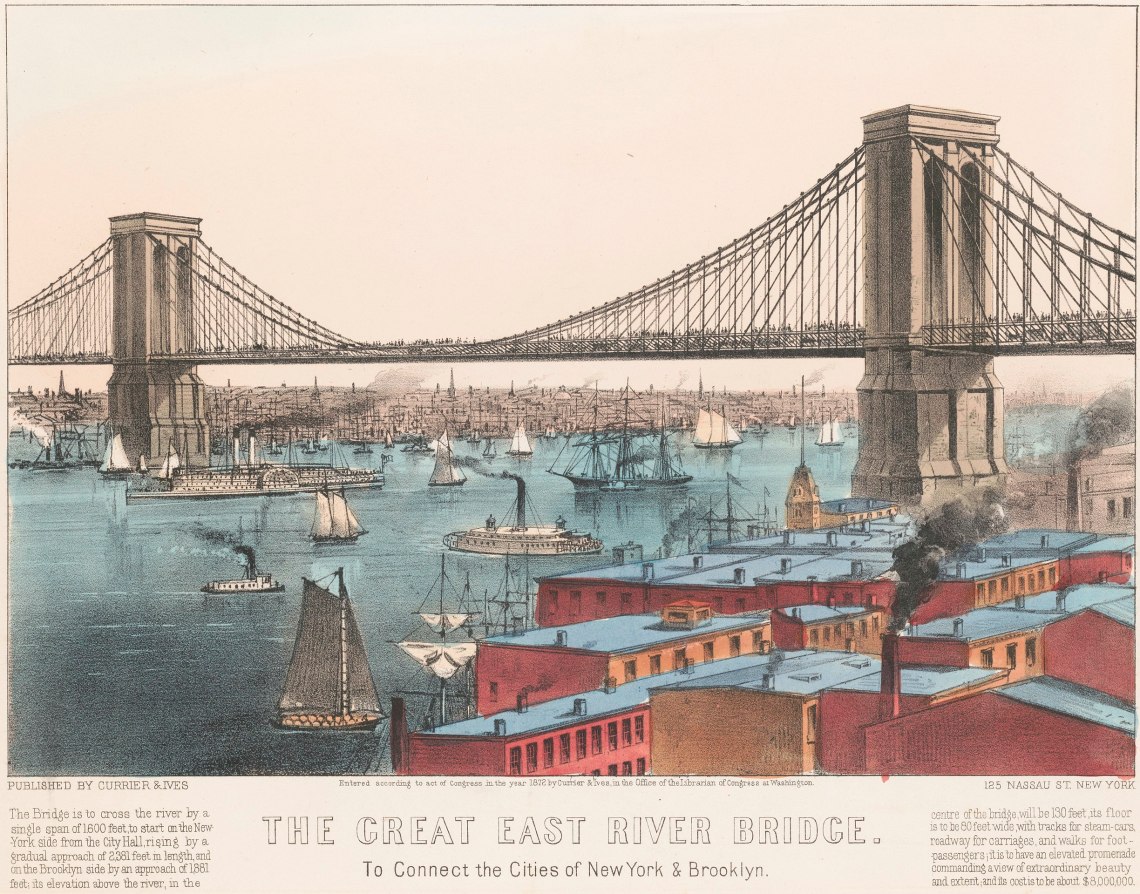America
-
Snowiest Day in Chicago’s History
Snowiest Day in Chicago’s History As reported, “The previous record for single-day snowfall in November was 8 inches recorded on Nov. 6, 1951. This weekend’s snowfall was also the most in the area since nearly 11 inches fell on Jan. 30-31, 2021, according to the weather service.” History making Chicago snowfall
-
The “Hustle and Bustle”: an old saying associated with the Industrial Revolution
The phrase “hustle and bustle” originated in the 19th century. The Dutch word “hutselen” means “to shake”, while the word “bustle”, stemming from the Old English word “bersten”, means to act vigorously. The combined words represent an atmosphere of lively activity and movement. The pace of life was dramatically transformed by a revolution of industry that introduced amazing innovation; a life filled with “hustle and bustle”. What once was a slow and routine life of chores on the farm, became, seemingly overnight for many, a change in density of people and an introduction of diversity and invention like never before. The migration into cities between 1880 and 1900 in America…
-
Habeas Corpus and the Magna Carta
What Does Habeas Corpus Mean?
-
Industrial Revolution: A Different Way of Life
Before the Industrial Revolution, people worked in small-scale businesses. The two primary and predominant examples, are farming and artisan handicrafts. Those social structures had basically remained unchanged, since the Middle Ages. Life was lived in small to medium sized villages. Travel beyond a person’s village was rare. Then, during the middle decades of the 18th century, Britain and other European countries saw a rise in their population. In order to serve this increased number of people, a gradual transformation from villages and small-scale production into a large, mechanized system of higher productivity took place. Read more about this transformative time in history: Source: National Geographic
-
Brooklyn Bridge History: The first crossing of the East River
The Brooklyn Bridge had its opening on May 24, 1883; a connecting of Brooklyn and New York City. The bridge had the distinction of being the first and longest, fixed crossing of the East River. It is a hybrid meaning both a cable stayed bridge as well as a suspension bridge, when it opened. Initially, it was called the New York and Brooklyn Bridge, only to officially be renamed, in 1915, the Brooklyn Bridge. The bridge boasted, at the time of its opening, to be the longest suspension bridge in the world with a span of 1,595.5 feet (486.3 m).
-
American Presidents
List of United States Presidents Categories: America, presidential history, Tags: presidents of the united states of america, who were the presidents 1. George Washington2. John Adams3. Thomas Jefferson4. James Madison5. James Monroe6. John Quincy Adams7. Andrew Jackson8. Martin Van Buren9. William Henry Harrison 10. John Tyler11. James K. Polk12. Zachary Taylor13. Millard Fillmore14. Franklin Pierce15. James Buchanan16. Abraham Lincoln17. Andrew Johnson18. Ulysses S. Grant19. Rutherford B. Hayes20. James Garfield21. Chester A. Arthur22. Grover Cleveland23. Benjamin Harrison24. Grover Cleveland25. William McKinley 26. Theodore Roosevelt27. William Howard Taft28. Woodrow Wilson29. Warren G. Harding30. Calvin Coolidge31. Herbert Hoover32. Franklin D. Roosevelt33. Harry S. Truman34. Dwight D. Eisenhower35. John F. Kennedy36. Lyndon B. Johnson37.…
-
Discovery of the North Pole: The South Pole soon to follow
Featured Map: The detailed map showing Cook and Perry’s journey to discover the North Pole made in the first decade of the early 20th century. There is controversy over who the true discoverer of the North Pole really is. There is no doubt, however, that Frederick Albert Cook (June 10, 1865 – August 5, 1940) American explorer and physician, along with another American explorer, Robert Edwin Peary, Sr. (May 6, 1856 – February 20, 1920), both claimed (though separately achieved) to have reached the ultimate unconquered destination of the era; the frozen unknown at the geographic north point of the Earth’s axis of rotation, where children imagine Santa Claus lives. (A…
-
History of the American Birthday Celebration
Birthday celebrations in America crossed over the line between a few rich and celebrated individuals to the rest of us, sometime around 1860 – 1880. We can thank two factors for this change in emphasis. Children became seen less for their economic necessity, as workers, and valued more emotionally, as individuals and as beloved family members. Therefore, worthy of celebration for just being alive. Also, the production of household and workplace clocks became widespread, quite a change from the rare clock of the preindustrial period. The clock along with the time focus of factory work and the like, street cars etc., made Americans much more time conscious. Because of these…
-
The Impeachment Trial of Donald J. Trump
On Saturday, February 13, 2021, the Senate acquitted Donald J. Trump for the second time. Former President Trump is the first president to be impeached more than one time. The single article of impeachment was for the charge of incitement of insurrection; an insurrection that occurred on January 6, 2021 immediately following a preplanned “Save America” rally, featuring Donald Trump. The mob headed to the capital at the direction of Trump, “let’s walk down Pennsylvania Avenue” . They preceded to storm the capital in order to stop the counting of certified electoral votes resulting in a violent interference of the peaceful transfer of power to officiate president elect Joe Biden.…
-
One Term Presidents Voted Out
One Term Presidents : for further reading on this topic This list of presidents, who served only one term, DOES NOT include those who left office for a reason other than losing the election. John Adams, 1797-1801 John Quincy Adams, 1825-1829 Martin Van Buren, 1837-1841 Franklin Pierce, 1853-1857 Benjamin Harrison, 1889-1893 William Howard Taft, 1909-1913 Herbert Hoover, 1929-1933 Jimmy Carter, 1977-1981 George H.W. Bush, 1989-1993








